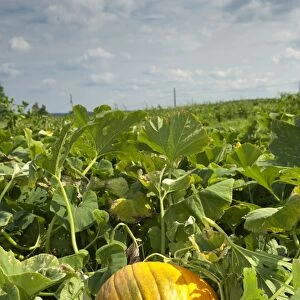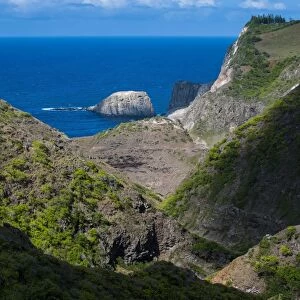Home > Science > Space Exploration > Satellite Imagery
Mouth of the mississippi, Landsat image
![]()

Wall Art and Photo Gifts from Science Photo Library
Mouth of the mississippi, Landsat image
Mouth of the Mississippi river, Landsat 7 satellite image. Draining much of North America, the Mississippi carries large quantities of sediment into the Gulf of Mexico and along the coast of Louisiana (light blue areas). Modern farming techniques mean much of this sediment contains phosphorus and nitrogen from fertilisers. These nutrient-rich effluents cause an explosion in the summer population of phytoplankton. When they die, the bacteria responsible for decomposition absorb oxygen in the water leading to a dead zone on the ocean floor where few animals can live. Autumnal storms stir the water and clear the dead zone until the following year. Photographed in 1999
Science Photo Library features Science and Medical images including photos and illustrations
Media ID 6372051
© NASA/SCIENCE PHOTO LIBRARY
Delta Depositing Draining Earth Observation Effluent Estuary Flowing From Space Gulf Of Mexico Landsat Louisiana Mississippi Pollution River Satellite Image Sediment Us A Winter Eutrophication
EDITORS COMMENTS
This print captures the awe-inspiring Mouth of the Mississippi, as seen from space through a Landsat 7 satellite image. As one of North America's most significant waterways, the mighty Mississippi River carries vast amounts of sediment into the Gulf of Mexico and along Louisiana's coast, depicted by light blue areas in this image. However, modern farming practices have introduced phosphorus and nitrogen from fertilizers into this sediment. These nutrient-rich effluents have led to a dramatic increase in phytoplankton during summer months. Unfortunately, when these microscopic organisms die, bacteria responsible for decomposition consume oxygen in the water column. This depletion creates a dead zone on the ocean floor where only a few resilient species can survive. The cycle continues each year as autumnal storms churn and mix the water, temporarily clearing away this death zone until it reemerges with renewed intensity in subsequent seasons. Photographed in 1999 by Science Photo Library, this image serves as a stark reminder of how human activities impact our environment. It highlights both the beauty and fragility of our planet while underscoring the urgent need for sustainable practices that minimize pollution and protect delicate ecosystems like those found at the mouth of such iconic rivers.
MADE IN AUSTRALIA
Safe Shipping with 30 Day Money Back Guarantee
FREE PERSONALISATION*
We are proud to offer a range of customisation features including Personalised Captions, Color Filters and Picture Zoom Tools
SECURE PAYMENTS
We happily accept a wide range of payment options so you can pay for the things you need in the way that is most convenient for you
* Options may vary by product and licensing agreement. Zoomed Pictures can be adjusted in the Cart.







